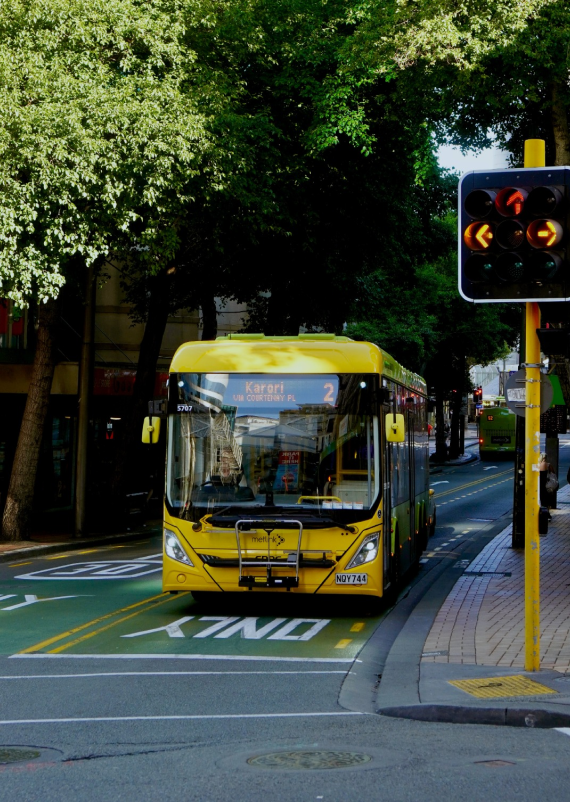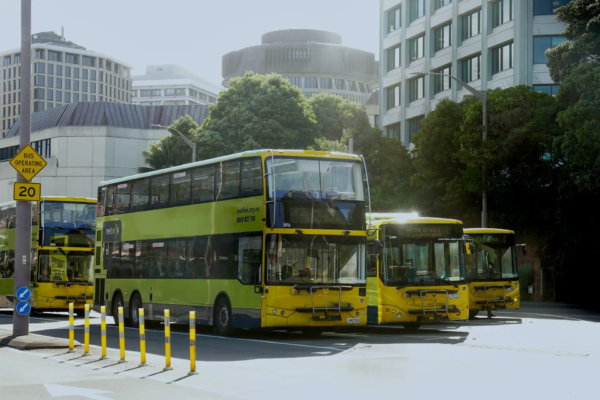6 Telework
6.0.1 Description
Telework is a general term for the use of telecommunications to substitute for physical travel. It includes telecommuting, distance learning, e-commerce, e-medicine, e-government, virtual conferences, and other variations. As telecommunications technologies improve and become more affordable and available, an increasing portion of trips can be reduced.
6.0.2 Type of travel affected
Telework can reduce all types of travel including work and school commutes, many errands, conferences and business meetings.
6.0.3 How travel and emission effects can be measured and modelled
Telework can have a variety of travel impacts. It can reduce many trips, but the ability to telework can encourage more sprawled development, and telecommuters often make additional errand trips that would otherwise have been performed while commuting, and it can generate more delivery trips.
6.0.4 Secondary impacts
Telework can reduce transport costs, improve accessibility, and reduce traffic problems. To maximize emission reductions it should be implemented with vehicle travel and sprawl reduction policies.
Telecommuting also allows greater participation in the workforce, particularly for workers with mobility limitations (Handy et al., 2014).
Telework may encourage people to live further away from work and will entail other increases in energy demand (O’Brien & Yazdani Aliabadi, 2020).
6.0.5 Key Information sources
Alter, Lloyd (2019), How Online Shopping is Making Congestion and Pollution Worse, The Treehugger (www.treehugger.com); at https://bit.ly/2WV6X9K.
Budnitz, Hannah, Emmanouil Tranos and Lee Chapman (2020), "A Transition to Working from Home Won’t Slash Emissions Unless We Make Car-Free Lifestyles Viable," The Conversation (https://theconversation.com); at https://bit.ly/37tpxvV.
Telecommuters may need help in building a car-free lifestyle.
Handy, Susan, Gil Tal and Marlon G. Boarnet (2014), Policy Brief on the Impacts of Telecommuting Based on a Review of the Empirical Literature, for Research on Impacts of Transportation and Land Use-Related Policies, California Air Resources Board (http://arb.ca.gov/cc/sb375/policies/policies.htm).
Fewer people were telecommuting pre-Covid and doing it less frequently than early studies predicted. However, a solid body of evidence shows that the reduction in travel for a telecommuter on a telecommuting day is substantial.
NLC (2021), Digital Equity Playbook: How City Leaders Can Bridge the Digital Divide, National League of Cities (www.nlc.org); at www.nlc.org/resource/digital-equity-playbook-how-city-leaders-can-bridge-the-digital-divide.
O’Brien, William and Fereshteh Yazdani Aliabadi (2020), "Does Telecommuting Save Energy? A Critical Review of Quantitative Studies and Their Research Methods," Energy and Buildings, Vol. 225 (https://doi.org/10.1016/j.enbuild.2020.110298).
Comprehensive review of yet-to-be-established energy effects of a shift to telework.
Silva, Joãode Abreu e and Patrícia C. Melob (2018), "Does Home-Based Telework Reduce Household Total Travel? A Path Analysis Using Single and Two Worker British Households," Journal of Transport Geography, Vol. 73, pp. 148-162 (https://doi.org/10.1016/j.jtrangeo.2018.10.009); at www.sciencedirect.com/science/article/pii/S0966692317307019.
Vos, Duco de, Evert Meijers, and Maarten van Ham (2018), "Working from Home and the Willingness to Accept a Longer Commute," The Annals of Regional Science, Vo. 61, 375–398, (https://doi.org/10.1007/s00168-018-0873-6).
Zipper, David (2021), "What if Working at Home Makes Us Drive More, Not Less? A Surprising, Very Real Possibility for Our Post-Pandemic Lives," Slate (https://slate.com); at https://slate.com/business/2021/04/post-pandemic-commutes-cars-driving-more.html.





























